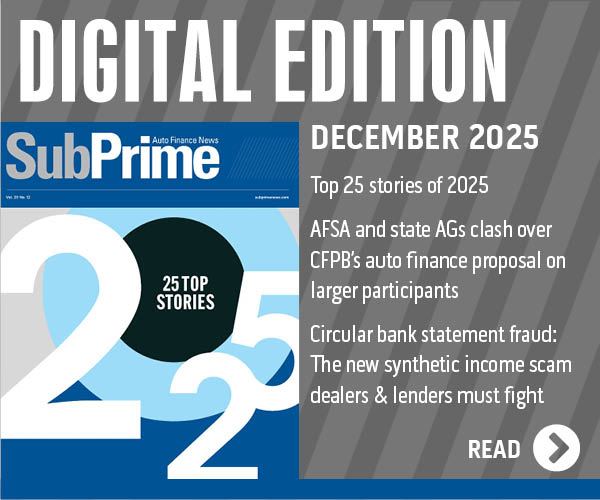Carleton survey shows depth of loan calculation errors, compliance strains & resource burdens

By subscribing, you agree to receive communications from Auto Remarketing and our partners in accordance with our Privacy Policy. We may share your information with select partners and sponsors who may contact you about their products and services. You may unsubscribe at any time.
Sarah Milovich, who is general counsel and vice president of compliance with Carleton, recently cautioned lenders that when loan calculators do not function properly “they are ticking time bombs of compliance risk.”
Carleton followed up on Milovich’s assertions in her industry commentary by releasing findings from a nationwide survey highlighting the extent to which lenders face ongoing compliance risks, calculation inaccuracies, and regulatory management challenges that impact both operations and customer trust.
The survey, presented to more than 2,000 lending, banking, auto finance, and fintech professionals, revealed that more than two-thirds of organizations experience loan payment discrepancies weekly or monthly, underscoring the potential for costly errors and compliance exposure.
Carleton learned the most common causes cited were miscalculated fees and add-on products (23%), incorrect applications of interest rates or APRs (23%), and human data entry mistakes (21%).
Confidence in existing systems also remains low, with 44% of survey respondents rating their confidence only a one or two on a five-point scale.
The provider of compliant loan calculation and disclosure solutions said nearly half of all respondents reported that compliance issues such as inaccurate APRs, outdated disclosures, or fee miscalculations had already triggered rework, audit findings, or even legal exposure.
Subscribe to Auto Remarketing to stay informed and stay ahead.
By subscribing, you agree to receive communications from Auto Remarketing and our partners in accordance with our Privacy Policy. We may share your information with select partners and sponsors who may contact you about their products and services. You may unsubscribe at any time.
Furthermore, Carleton noted regulatory change management is another significant pressure point.
The survey showed 60% of respondents said their organizations struggle to keep internal systems and calculations aligned with updates to federal and state lending rules. While only about one-third of organizations reported they can adjust to new requirements in less than a month, nearly a quarter said it takes them three months or more to implement changes.
Respondents cited interpreting complex regulations such as TILA, HOEPA, and state usury limits as their top compliance challenge (21%), followed closely by updating and testing loan calculation logic (19%) and coordinating changes across multiple vendor or internal systems (18%).
Carleton pointed out complex loan structures further compound the problem.
The survey indicated 31% of respondents said tiered rates, variable payment schedules, and other intricate structures have a significant negative impact on their processes and often lead to delays and errors.
Another 17% described these loan types as a constant source of problems for their organization.
Only 14% said their current tools were able to handle complex loans seamlessly.
The operational burden of compliance updates is also evident, according to the Carleton survey.
More than one quarter of respondents said their organizations require cross functional teams to stay aligned with regulatory changes, often at the expense of day-to-day efficiency.
When asked about the largest frustrations in their daily work, the most frequent response was the risk of making a costly compliance error (26%), followed closely by the time required to finalize deals (25%) and the ongoing complexity of ever-changing regulations (19%).
Findings showed manual paperwork and data entry were also cited as barriers to productivity (16%) with nearly the same proportion of organizations still relying on spreadsheets for loan calculations; a surprising figure given the compliance risks this entails.
Looking ahead, Carleton said lenders indicated strong demand for improvements that would reduce errors and improve efficiency.
The most desired enhancements included more accurate and reliable calculation software (24%), improved reporting and audit readiness (21%), better system integration across CRM, DMS, and LOS platforms (20%), and easier real-time monitoring for compliance violations (20%).
Taken together, Carleton highlighted these findings reveal a sector seeking not only greater accuracy but also simpler, more seamless tools to manage compliance obligations and loan complexities without sacrificing operational speed.
“This survey shines a light on just how much effort lenders continue to put into getting calculations and disclosures right,” Carleton vice president of business development Tim Yalich said in a news release.
“When confidence in systems is low and errors remain frequent, it signals a broader industry problem — one that demands better integration, automation, and proactive compliance monitoring,” Yalich added.
For more information about Carleton and its compliance calculation solutions, visit www.carletoninc.com.


